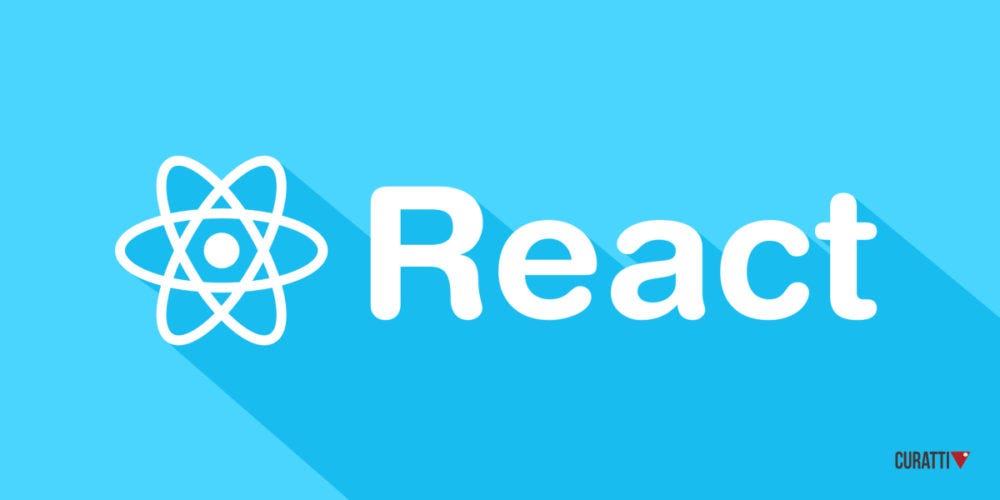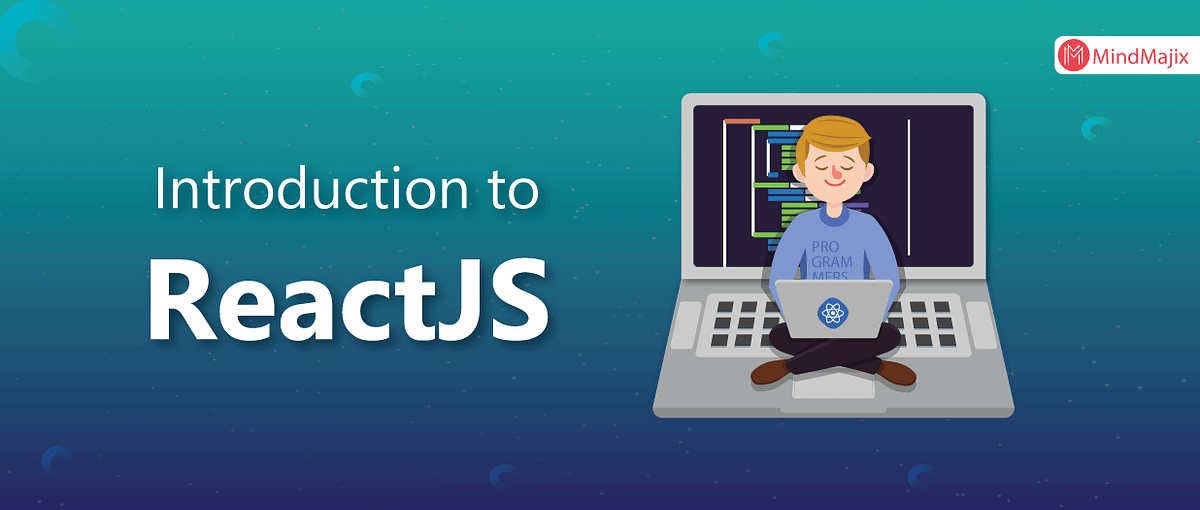What is Front-End Development?
Front-end development refers to what the end-user (also commonly referred to as the “client”) can see. In the most basic forms, front-end development consists of HTML, CSS, and JavaScript.
As a developer, you will find that it is very easy for your front-end (website, web application, etc.) to become very complex and have a lot of different moving parts. It makes solving problems much more difficult when you have to go through a maze of code to find the issue.

Eventually, developers decided that there must be a better way to manage all of that code, so they created libraries that could make life easier. React was one of those libraries.
React was created by Facebook and released to the public in May of 2013 and has been consistently maintained since then.
What Is React

React is a declarative, efficient, and flexible JavaScript library for building user interfaces. It lets you compose complex UIs from small and isolated pieces of code called “components”.
React can be used as a base in the development of single-page or mobile applications. However, React is only concerned with rendering data to the DOM, and so creating React applications usually requires the use of additional libraries for state management and routing. Redux and React Router are respective examples of such libraries.
- React is a JavaScript library for building user interfaces.
- React is used to build single-page applications.
- React allows us to create reusable UI components.
React is JavaScript library created by Facebook

A Brief History Of React
React came into existence in 2011, when Jordan Walke, a software engineer at Facebook created the library. React is influenced by the likes of XHP which is a simple HTML component framework for PHP. The first use case of React was in Facebook’s newsfeed in 2011.
The current version of React is , vs 16. 13 . 1, Which was released on March 19, 2020.
Why React?

React is one of the most popular JavaScript libraries for front-end web applications.
Here are some of the advantages of React:
Speed
Interactive websites need to update the DOM (Document Object Model) each time a change happens. This process is generally resourceful and slow.
Compared to other libraries that manipulate the DOM, React uses a Virtual DOM, allowing to update only the parts of the website that have changed. This increases the speed of updates dramatically, as modern web applications may contain thousands of elements.
Ease of Use
React allows developers to group related code together, thereby making building and maintaining large scale applications much less complex.
Support
React has an amazingly large community and is open source. It is maintained by Facebook and the community.

How Does React Work?
React creates a VIRTUAL DOM in memory.
Instead of manipulating the browser’s DOM directly, React creates a virtual DOM in memory, where it does all the necessary manipulating, before making the changes in the browser DOM.
React only changes what needs to be changed!
React finds out what changes have been made, and changes only what needs to be changed.
#react #javascript #web-development #developer
